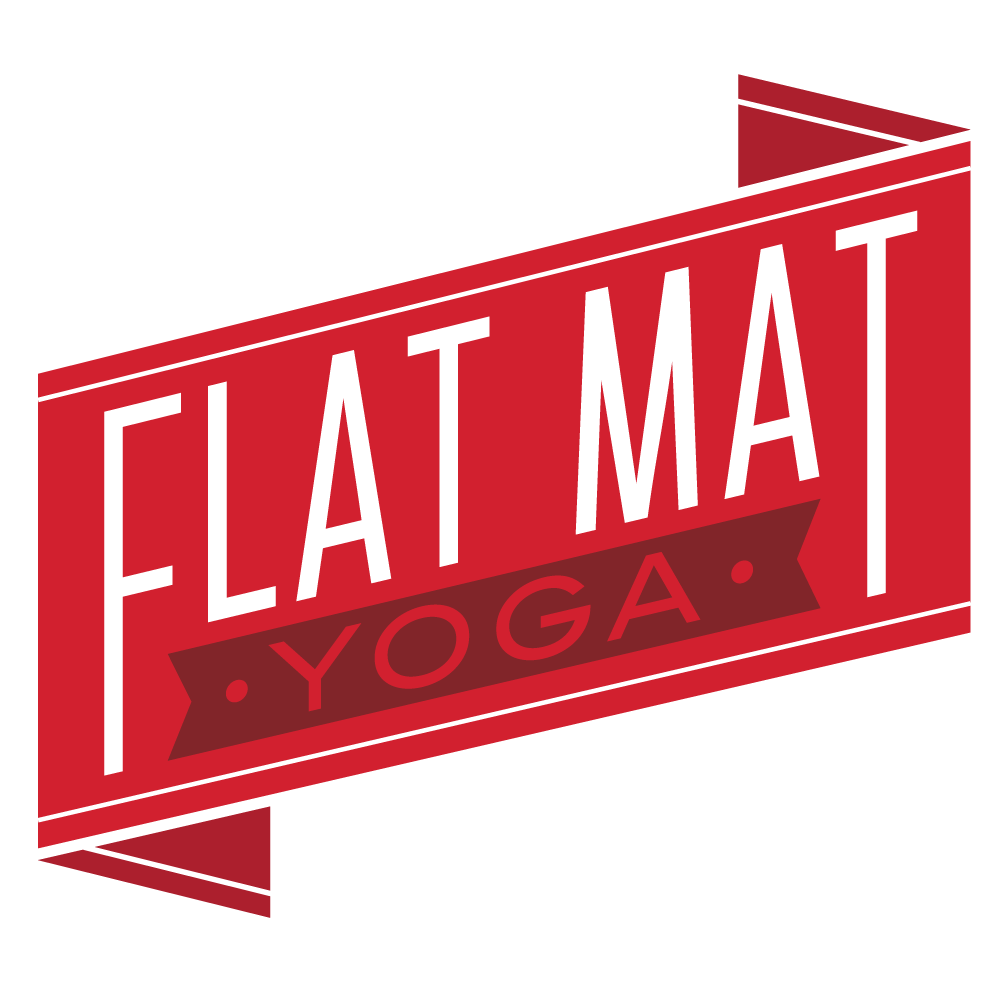Every year at RollerCon, plank pops up in at least half of the classes I teach–and the rest are focused on stretching. If you’re doing plank correctly (read: safely), it’s a seriously awesome way to build strength throughout your whole body. And when you’re starting, even holding it for a couple of breaths is plenty to get you on the right track. And if plank feels pretty familiar, you might find that these tips make it harder again, like some of my RollerCon students did.
Why Do Plank?
If done properly, plank strengthens pretty much everything in your body. Seriously, everything: hands, wrists, arms, shoulders, chest, back, abs, butt, legs. Plank means business.
When you set up your shoulders well in plank, it’ll prepare you for bracing on the track. Also, being able to hold plank with good form–and continue breathing in it–also means that you’re learning how to keep a stable core, which is critical for everything you do while skating.
Last but not least, a solid plank is going to help you banish some of that low back pain. Because who needs that?
How to Set Up Your Plank When You’re Getting Started
When you first learned plank, you were probably told that you need to keep your body in one long line from head to heels in order to get the benefits of the shape. The problem is, if your abdominal muscles aren’t ready to support this, you’re going to end up in poor form for your shoulders and probably with a grumpy low back. And if that’s happening, you aren’t actually going to build good patterns and strength that will help your game!
An alternative to better support your lower back is to keep your hips up at shoulder height. This will help set you up to actually strengthen your shoulders and abs in a way that will help your game, and if you’re someone who gets low back pain in plank, you’ll probably feel that start to disappear.
Bonus: you can do this on your knees down, too! The lift of the butt will be a little less noticeable.
How to Set Up Your Plank When You’re Feeling Stronger
Once you’re feeling super solid and strong in the variation shown above, this way will help you get even more benefit from your plank.
Lie down on the floor on your belly. Position your feet so that the tips of your toes (rather than your toenails or the soles of your feet) rest on the floor behind you. Bring your hands down next to your low ribs, so that your elbows are almost-but-not-quite stacked above your wrists.
Draw your belly button toward your spine. Press into your hands to push yourself up to plank on your knees, with the tips of your toes still on the floor.

From there, you can stay on your knees, or you can straighten your legs. As you straighten your legs, your toes will tuck and you’ll set yourself up for a great foot position, with your heels stacked above the balls of your feet.

You can also see in the two images above that the position of my spine doesn’t change when I lift my knees. If yours does, there is no shame in working plank on your knees until you build up strength. It’s better than the alternative of screwing up your low back!
What to Watch For
- The same way you wouldn’t stand only on the heels of your feet (how weird would that feel?), don’t just drop your weight into the heels of your hands. Use all ten fingers–especially your index fingers and thumbs and the space between them–and the entirety of your palms. Similarly, in forearm plank, don’t let the weight rest only in your elbows–use your hands as well!
- Stack your shoulders above your wrist creases as best you can. This sets you up with your hands shoulder-distance apart, and you won’t have your hands too far forward (harder on your shoulders) or too far back (increases strain on your wrists).
- Press back through your heels as if you were pushing into a wall. In fact, try setting up with your feet against a wall to really feel that action.
- Lift your inner thighs away from the floor.
- Push the floor away from you so that your shoulder blades spread away from each other and the middle of your upper back lifts toward the ceiling. If your shoulder blades are squeezing toward each other, you’ll be much less stable. This form will help create stability for bracing!
- Look at the floor several inches in front of your hands, not at the wall front of you, not down at your hands, not back at your feet.
Plank Alternatives
- Keep your knees on the floor.
- Do plank on your forearms rather than your hands. Forearms should be shoulder distance apart (hug your upper arms with opposite hands to find that distance), and hands can either be flat on the floor or with fingers interlaced. The latter will be a little easier on your shoulders. If you’re doing forearm plank with palms on the floor, try squeezing a yoga block in between your elbows for better shoulder activation!
- Do plank on your forearms with your knees down, too.
- Try plank at the wall, as I demonstrate in this old-school Flat Mat video:
- And of course, you can practice bird-dog to build toward the plank in the above photo!




